For 1mol of an ideal gas, V1>V2>V3 in fig. (I),T1>T2>T3 in fig. (II), P1>P2>P3 in fig. (III), and T1>T2>T3 in fig. (IV) , then which curves are correct.
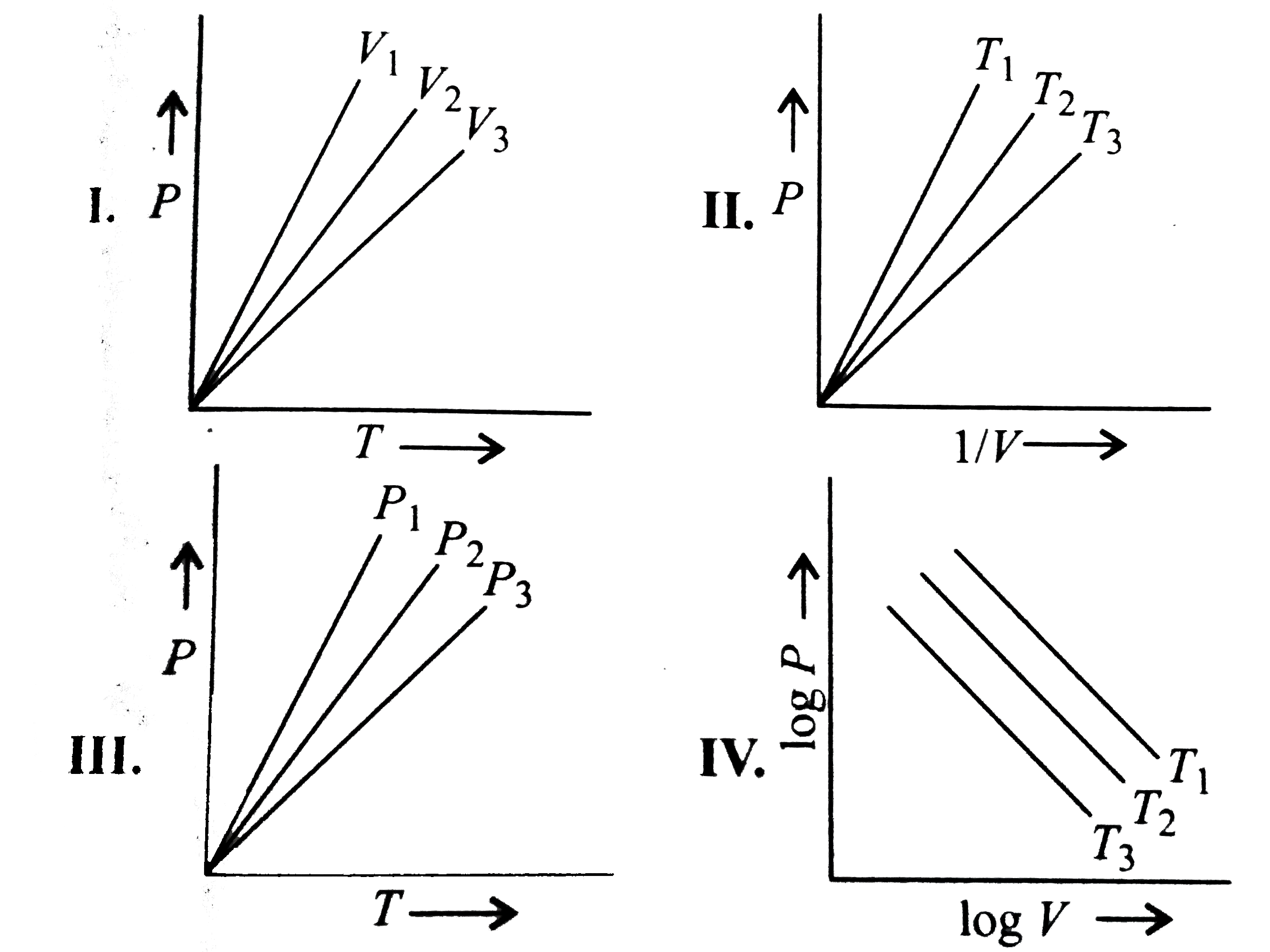
I, II
I, II, III
II, IV
I, III, IV
The correct Answer is:C
PV=RTifP1>P2,V2>V1
Also logP=−logV+logRT
Topper's Solved these Questions
- STATES OF MATTERBOOK - A2ZCHAPTER - STATES OF MATTEREXERCISE - Ideal Gas Equation
27 Videos
- STATES OF MATTERBOOK - A2ZCHAPTER - STATES OF MATTEREXERCISE - Dalton'S Law Of Partial Pressure, Graham'S Law Of Diffusion/ Effusion
37 Videos
- SOME BASIC PRINCIPALS OF ORGANIC CHEMISTRYBOOK - A2ZCHAPTER - SOME BASIC PRINCIPALS OF ORGANIC CHEMISTRYEXERCISE - Section D - Chapter End Test
60 Videos
Similar Questions
Knowledge Check
For 1 mol of an ideal gas, V1>V2>V3 in fig. 1, T1>T2>T3 in fig. 2, P1>P2>P3 in fig. 3, and T1>T2>T3 in fig. 4, then which curves are correct.
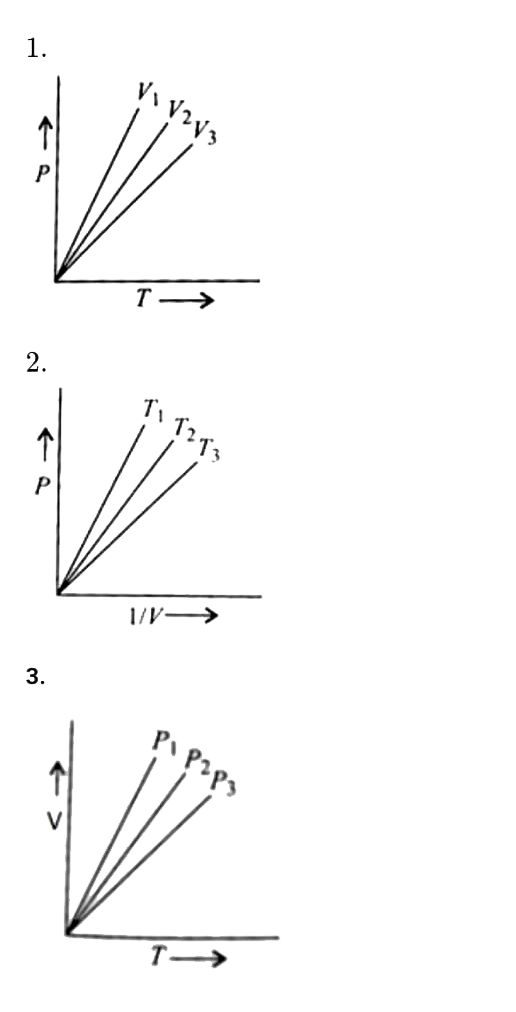
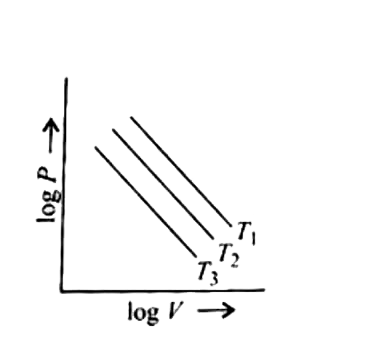 A1,2B1,2,3C2,4D1,3,4
A1,2B1,2,3C2,4D1,3,4Consider three blocks of masses m1,m2,m3 interconnected by strings which are pulled by a common force F on a frictionless horizontal tabel as in the figure. The tension T1 and T2 are also indicated
 .
.
a) T2>T1 if m2>m1
b)T2=T1 if m2=m1 , c) T2>T1 always
d) acceleration of the system Fm1+m2+m3 .Aa,bBb,dCa,dDc,dIn Fig i1=10e−2tA, i2=4A, and VC=3e−2tV.
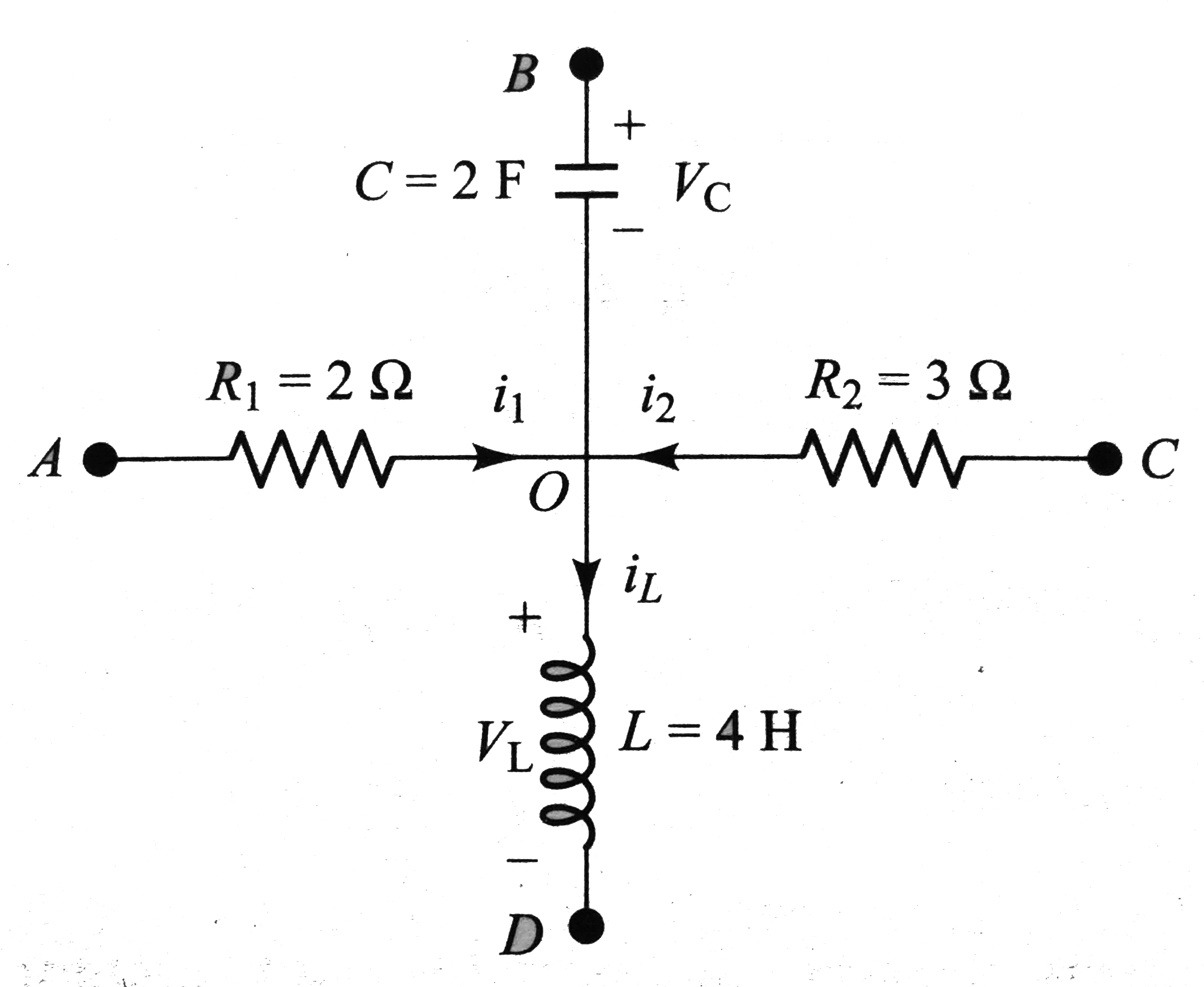
The variation of current in the inductor with time can be represented asA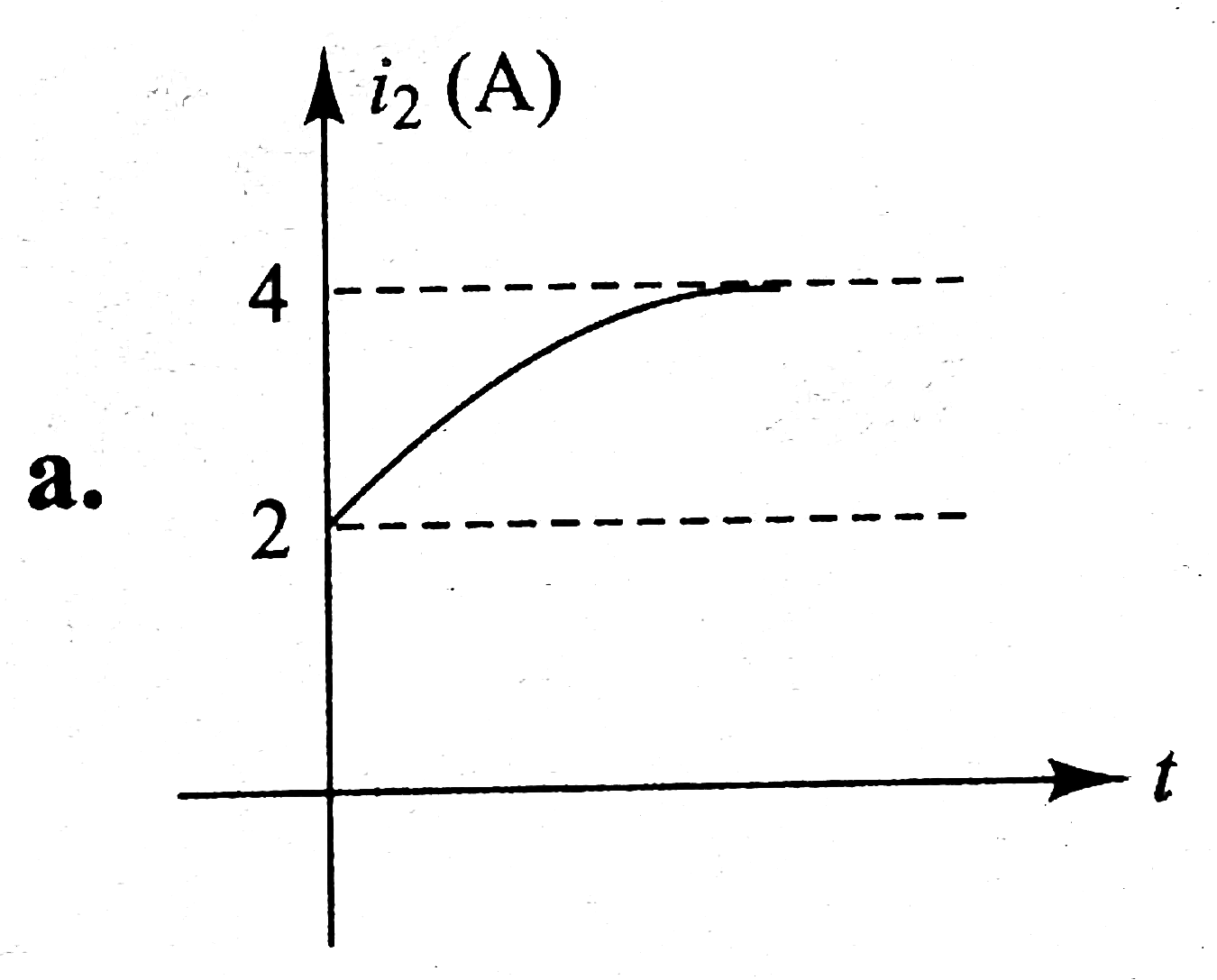 B
B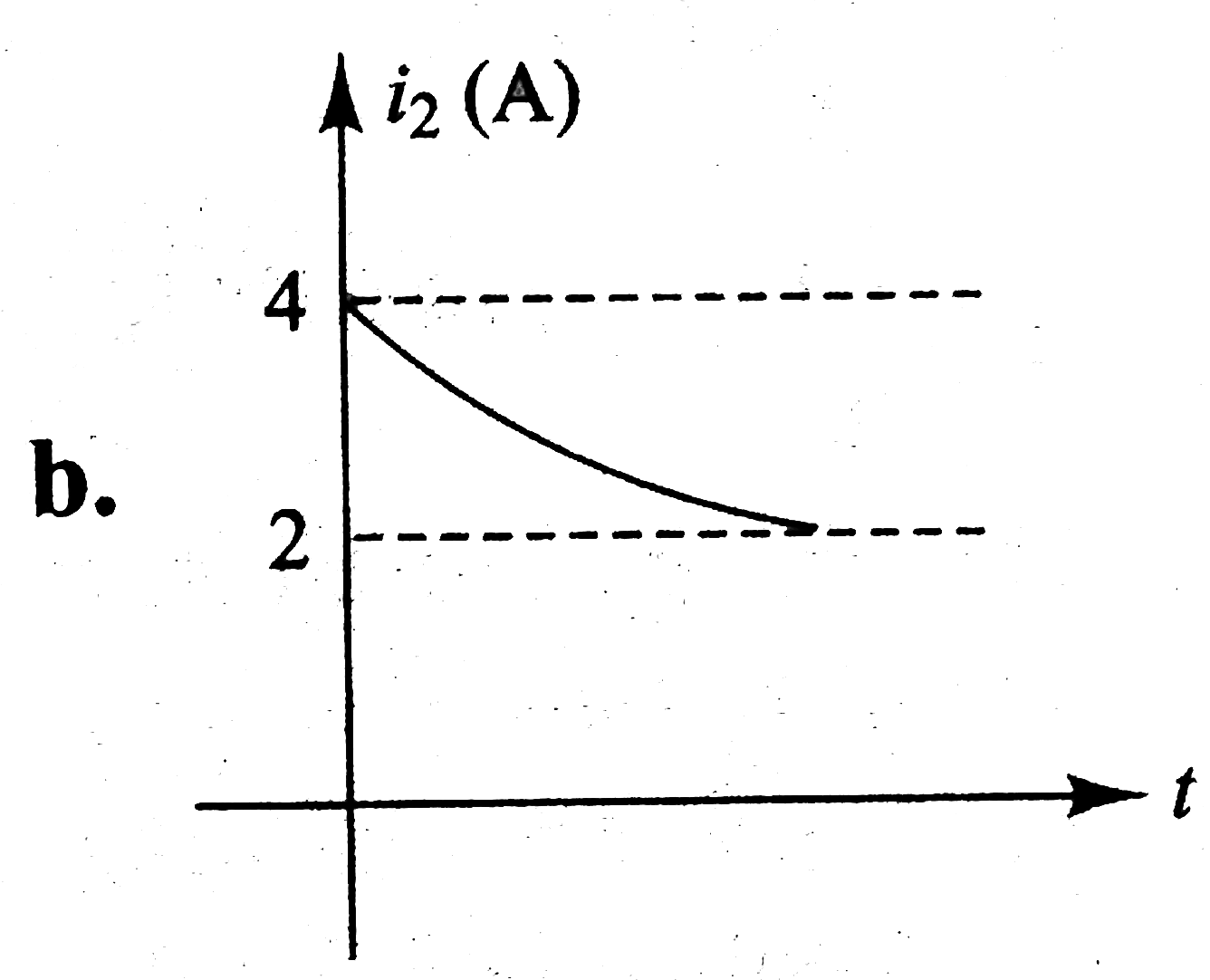 C
C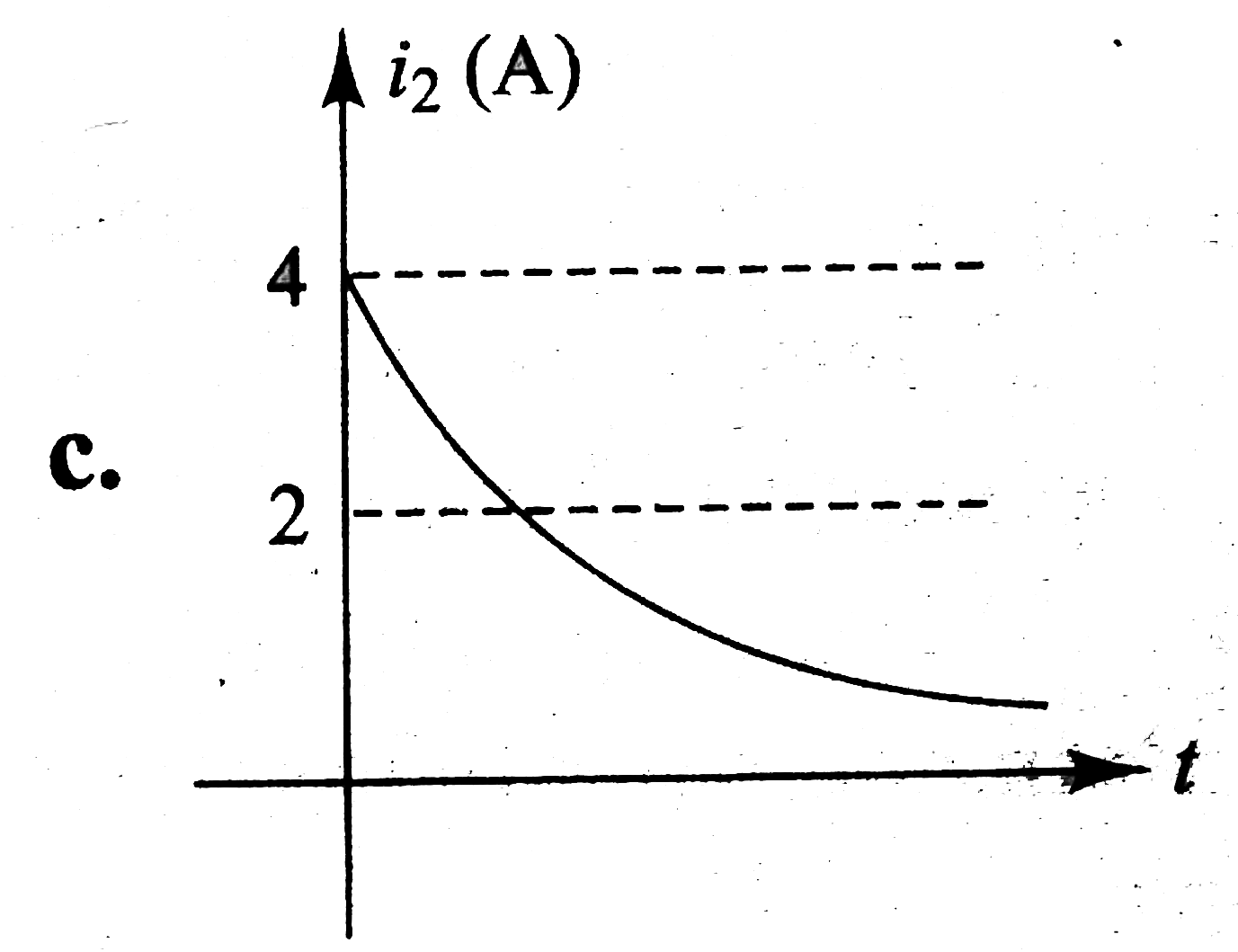 D
D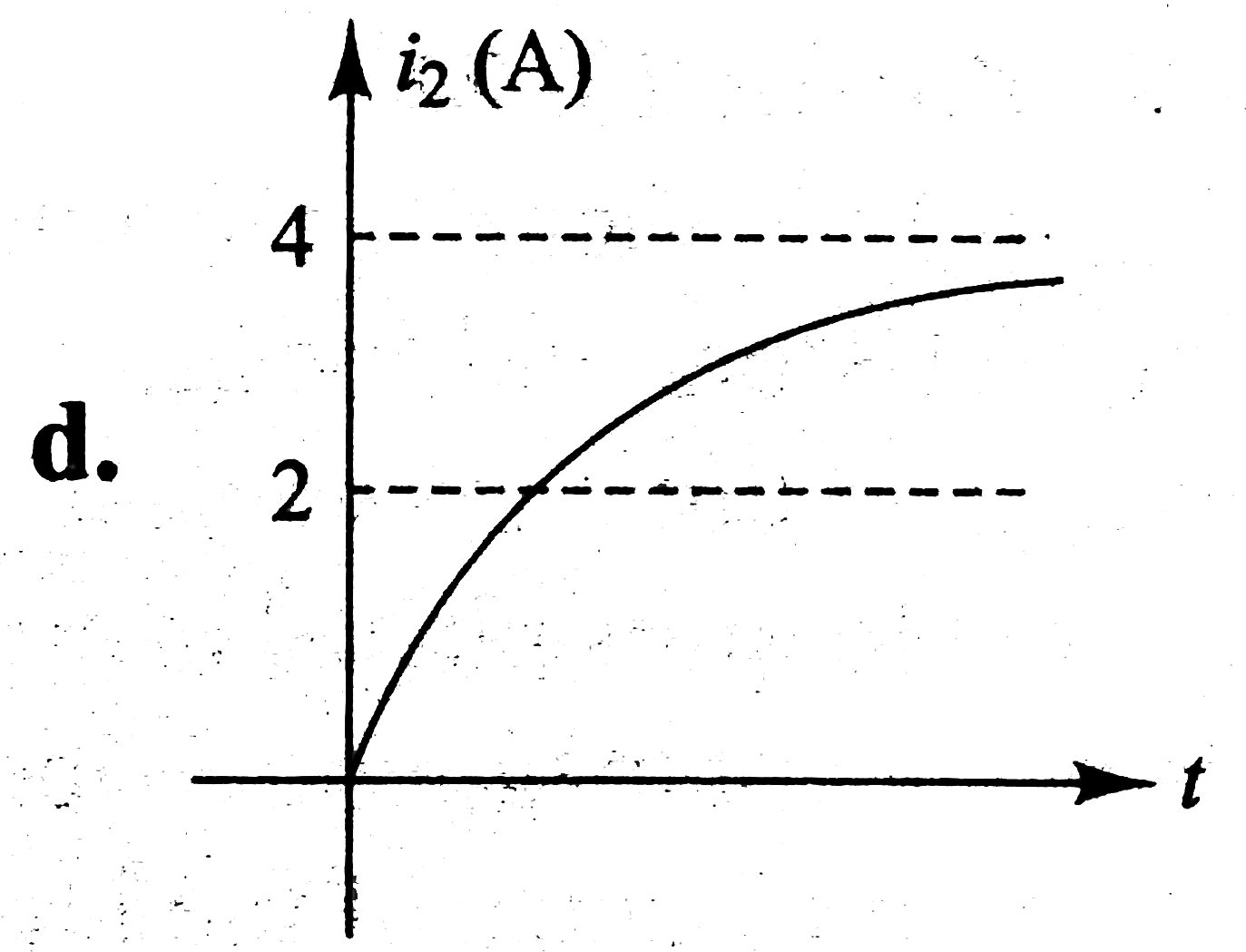
A tank full of water has a small hole at its bottom. Let t1 be the time taken to empty first one third of the tank and t2 be the time taken to empty second one third of the tank and t3 be the time taken to empty rest of the tank then
(a). t1=t2=t3
(b). t1>t2>t3
(c). t1<t2<t3
(d). t1>t2<t3
View SolutionThe activity of a sample of radioactive material A1 at time t1 and A2 at time t2(t2>t1). Its mean life is T.
View SolutionThe activity of a sample of radioactive material is R1 at time t1andR2at timet2(t2>t1). Its mean life is T. Then,
View SolutionV vs T curves at constant pressure P1 and P2 for an ideal gas are shown below
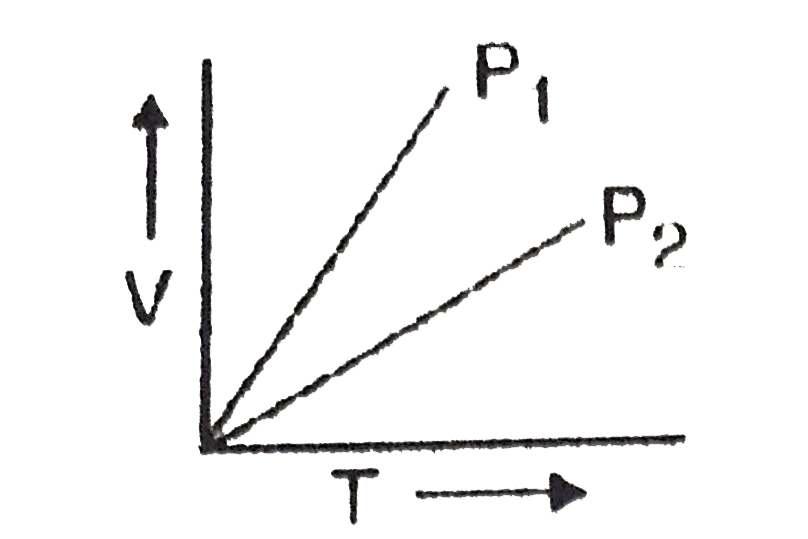
Which is correct ?
View SolutionFor an ideal monoatomic gas, an illustration of three different paths A,(B+C) and (D+E) from an initial state P1,V1,T1 to a final state P2,V2,T1 is shown in the given figure .
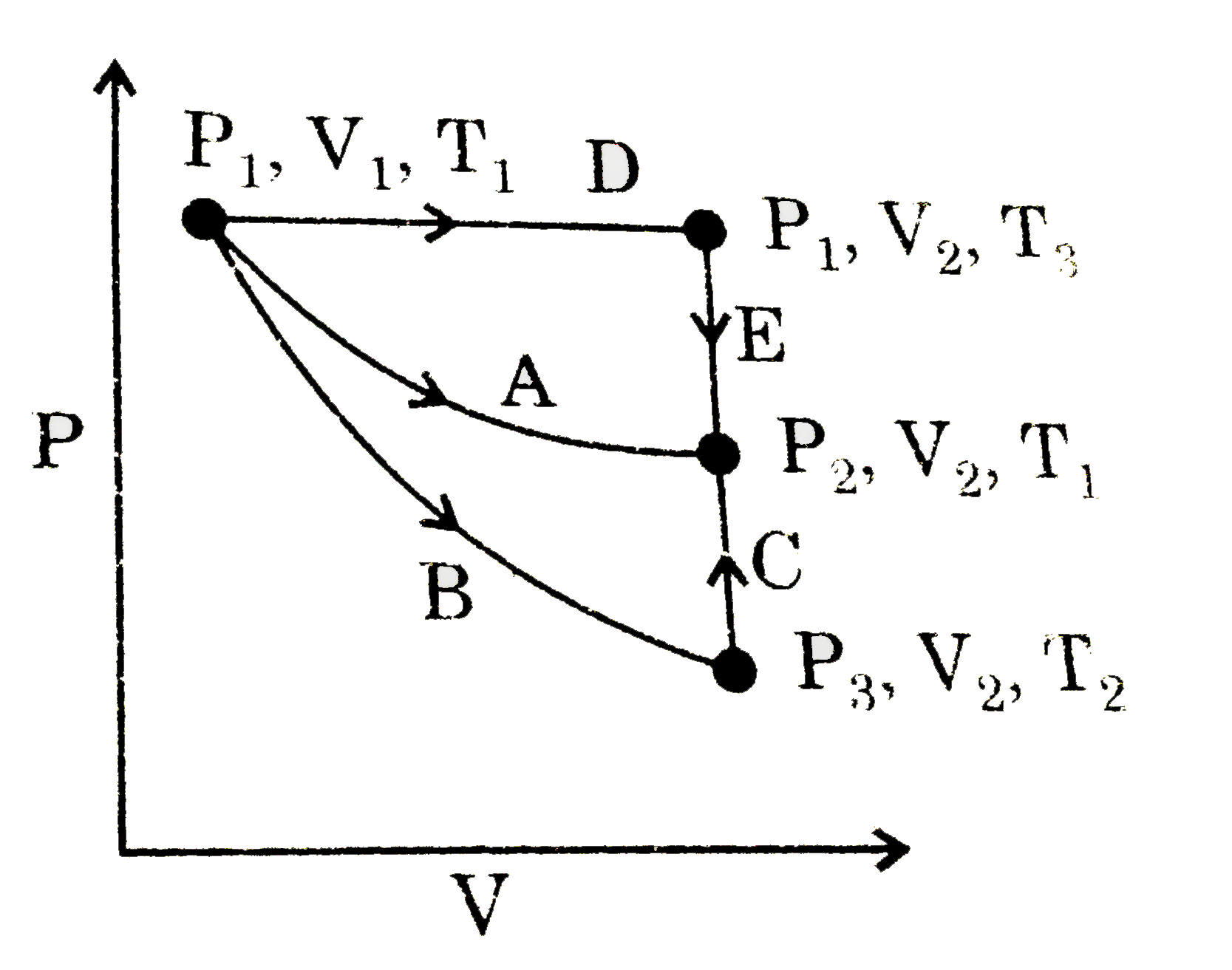
Path A represents a reversible isothermal from P1V1 to P2,V2, path (B+C) represent a reversible adiabatic expansion (B) from P1,V1,T1 to P3,V2,T2 followed by reversible heating of the gas at constant volume (C) from P3,V2,T2 to P2,V2,T1. Path (D+E) represents a reversible expansion at constant pressure P1(D) from P1,V1,T1 to P1,V2,T3 followed by a reversible cooling at constant volume V2(E) form P1,V2,T3 to P2,V2,T1
What is qrev for path (A)?
View Solution

_E01_267_Q01.png)